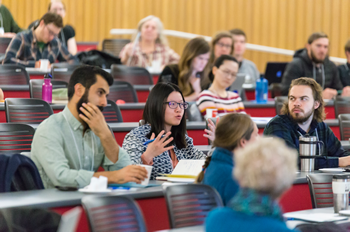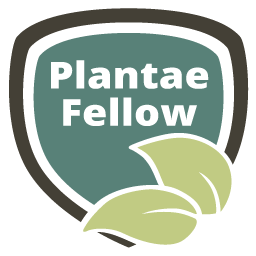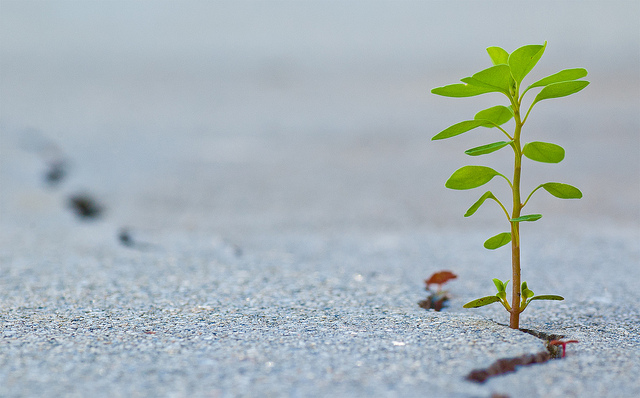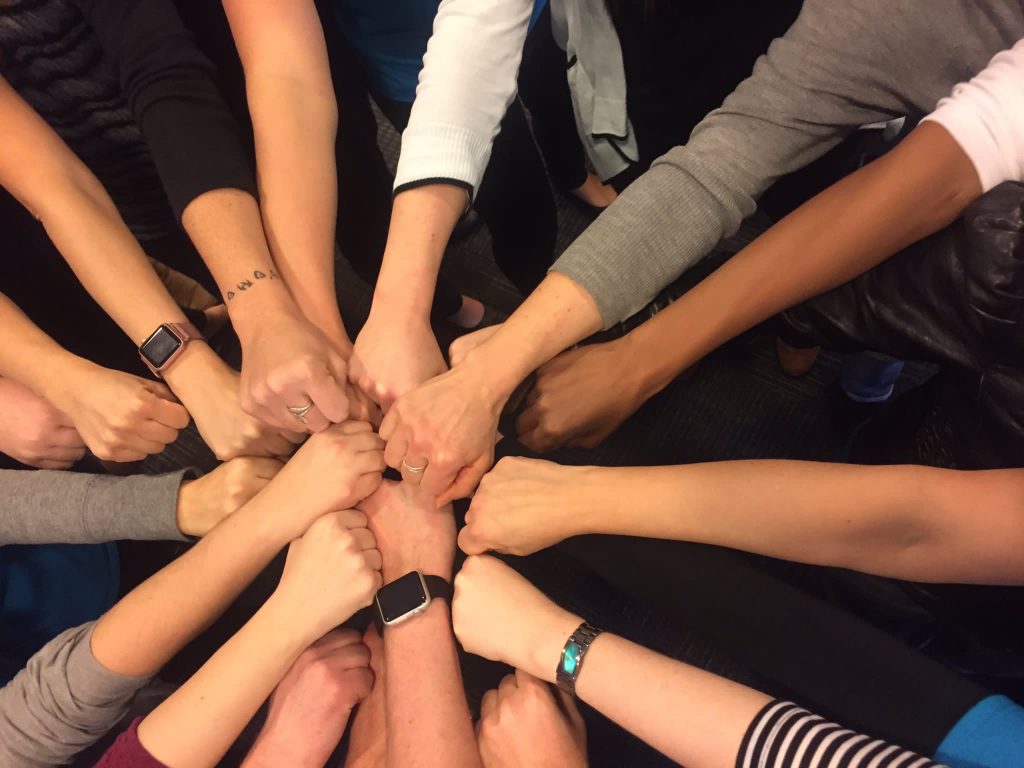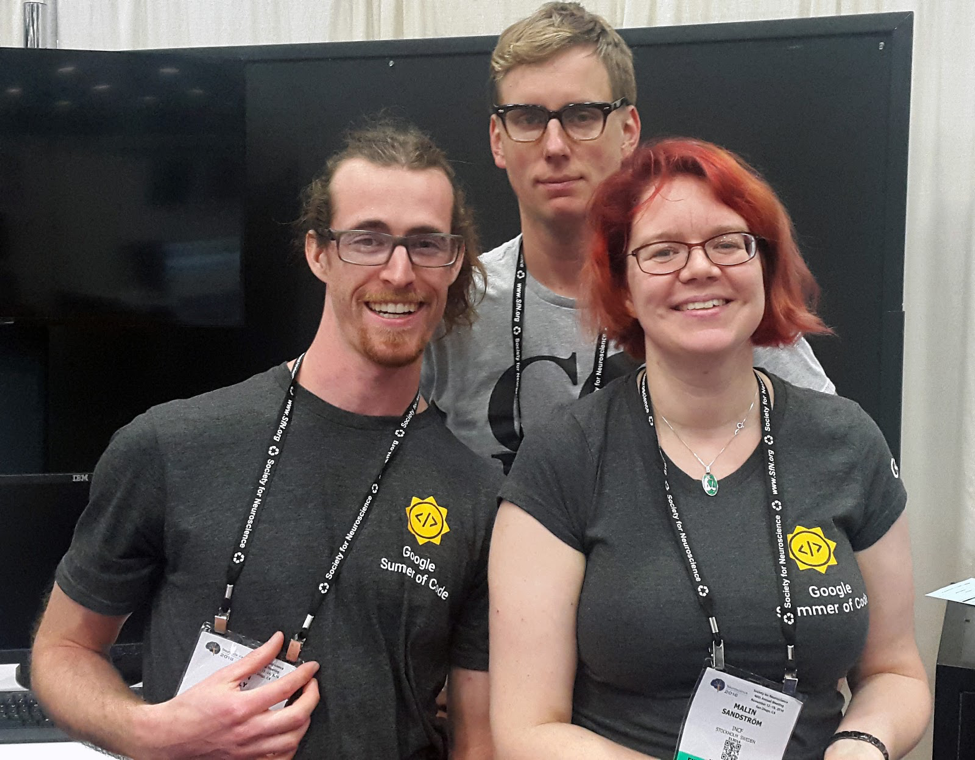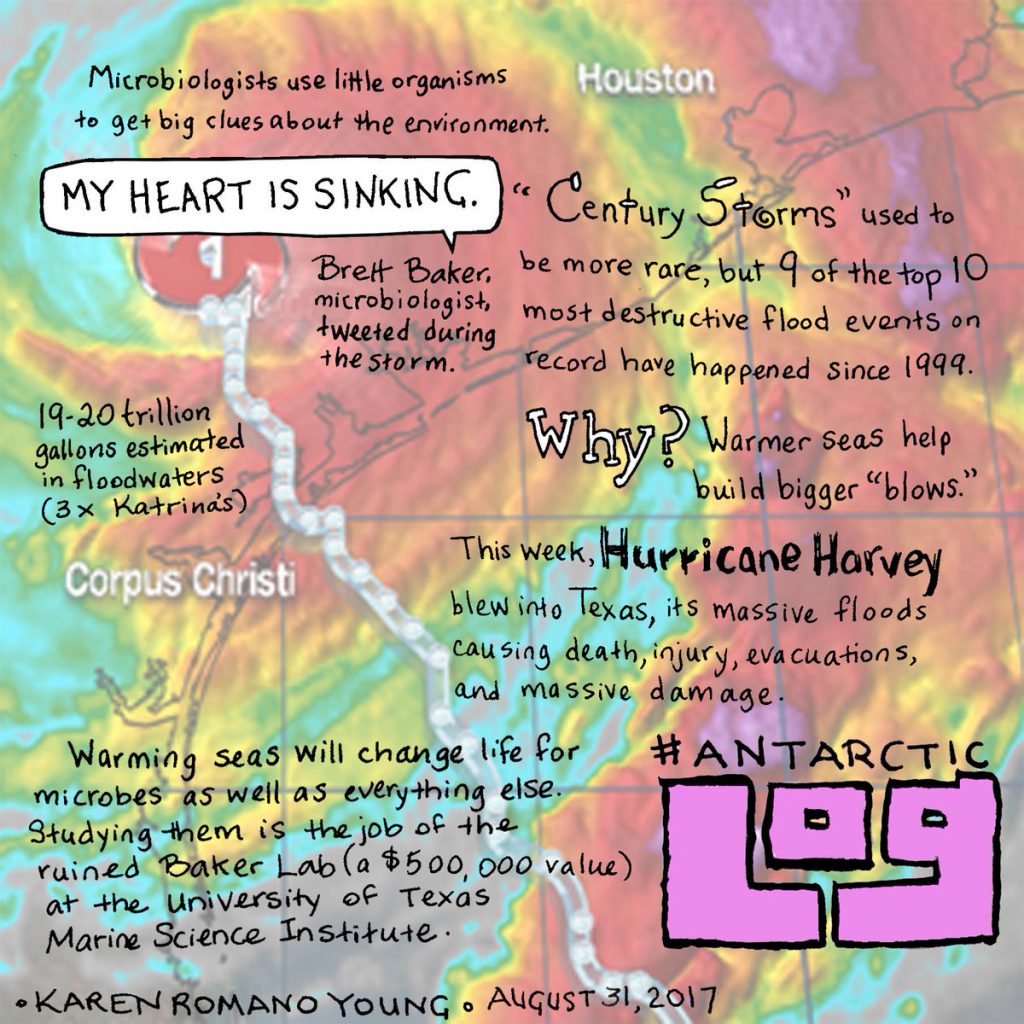We’re continuing to share reflections from the 2017 Community Engagement Fellows on the blog. In today’s post, Andy Leidolf introduces his four part series, “The Community Manager’s Survival Guide: Building Social Capital in Large, Heterogeneous, Geographically Dispersed Research Networks.” You can catch up on all posts by the Fellows here.
Posted by Andy Leidolf, Coordinator, Honors Program, Utah State University, and Executive Director, Society for Freshwater Science. Leidolf served as iUTAH Assistant Director and Project Administrator from 2014-2018.
iUTAH—A Textbook Case for Institutional Diversity
Like most other states, Utah has a large number of institutions of higher learning: in addition to three research universities granting doctoral degrees, there are eight primarily undergraduate-serving institutions (PUIs), both 2- and 4-year. Although Utah is generally perceived as a fairly homogeneous state, there is a surprising amount of diversity even among peer institutions.
For example, our research universities include both public and private universities (Brigham Young University is owned by the Church of Jesus Christ of Latter Day Saints, aka. the LDS or Mormon Church) and are situated in settings that span the rural-suburban-urban gradient. Not unexpectedly, these universities attract very different student and faculty populations.
